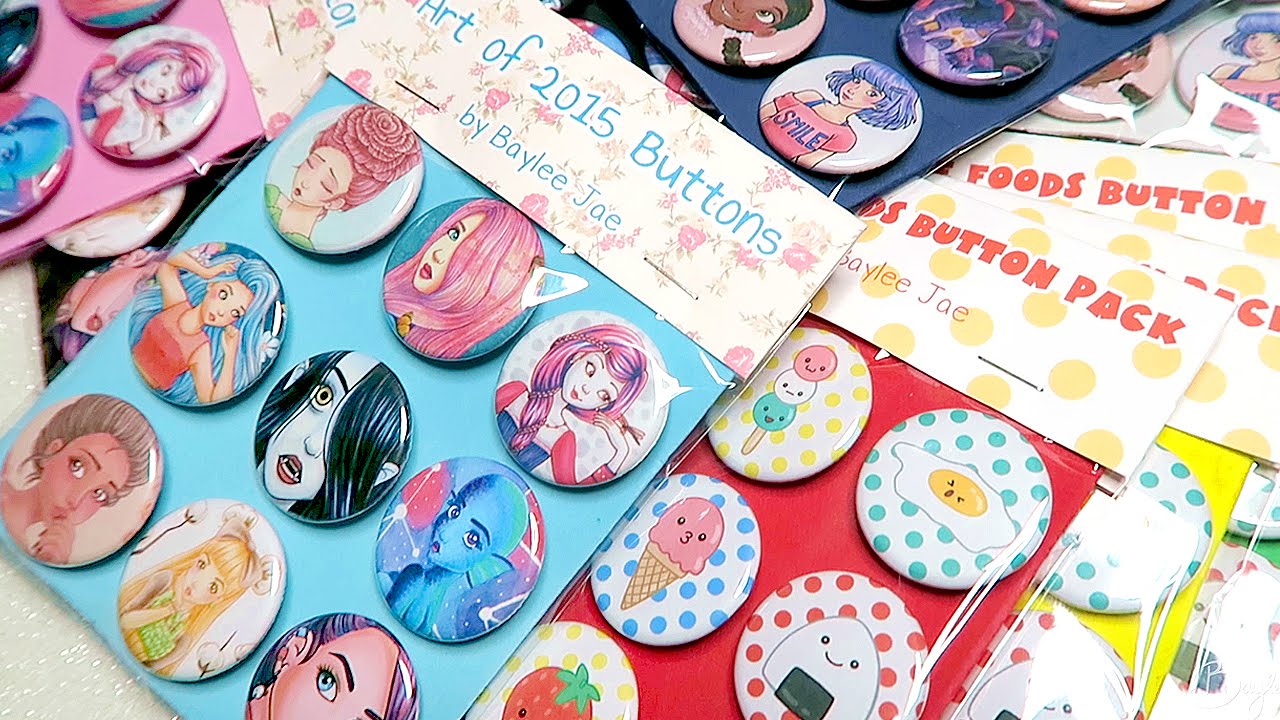NEWS
From Concept to Collection: The Journey of Making Button Pins

Button pins, those tiny yet impactful accessories, have been a popular form of expression and statement-making for decades. Whether adorned with pop culture references, political slogans, or cute designs, these little badges serve as portable canvases for creativity. But have you ever wondered about the journey behind their creation? From the initial spark of an idea to the final product, let’s delve into the comprehensive process of making button pins.
Understanding the Concept
Every button pin starts with an idea. It could be inspired by current trends, personal experiences, or simply a stroke of creative genius. The key is to identify a concept that resonates with your target audience. Conducting market research and trend analysis can help pinpoint themes or motifs that are likely to attract attention.
Designing the Artwork
Once you have a concept in mind, it’s time to bring it to life through artwork. Whether you’re a skilled illustrator or prefer to collaborate with artists, the design phase is where creativity takes center stage. Consider factors such as color schemes, typography, and composition to ensure that your artwork effectively communicates the intended message or aesthetic.
Choosing the Right Materials
Button pins come in various shapes, sizes, and materials. The most common type is the metal pin-back button, which typically consists of a metal shell, a printed graphic or image, a clear plastic cover, and a pin fastener. However, there are also options like fabric buttons or enamel pins for a more premium look and feel. Selecting the right materials is crucial for achieving the desired quality and durability.
Printing and Production
With the artwork finalized and materials selected, it’s time to proceed with printing and production. This step involves transferring the design onto the button pins using specialized printing techniques such as offset printing or digital printing. Attention to detail is paramount here, as any flaws or inconsistencies in the printing process can detract from the overall appeal of the pins.
Assembly and Packaging
Once the button pins have been printed, they undergo assembly and packaging. This typically involves affixing the printed artwork to the metal shell, sealing it with a clear plastic cover, and attaching the pin fastener to the back. Depending on your preferences and budget, you may choose to package the pins individually or in sets, and add branding elements such as labels or tags for a polished finish.
Quality Control
Before releasing the button pins to the market, it’s essential to conduct thorough quality control checks. This includes inspecting each pin for any defects or imperfections, ensuring that the colors are accurate and vibrant, and verifying that the pin fasteners are securely attached. Addressing any issues at this stage helps maintain customer satisfaction and uphold the reputation of your brand.
Marketing and Distribution
With your button pins ready for the world to see, it’s time to focus on marketing and distribution. Utilize various channels such as social media, online marketplaces, and physical retail stores to reach your target audience. Engage with potential customers through compelling visuals, catchy slogans, and targeted advertising campaigns. Consider collaborating with influencers or participating in events to generate buzz around your button pins.
Collecting Feedback and Iterating
As your button pins gain traction in the market, don’t forget to collect feedback from customers and stakeholders. Pay attention to comments, reviews, and sales data to gauge the reception of your products and identify areas for improvement. Use this feedback to iterate on your designs, refine your marketing strategies, and continuously enhance the overall customer experience.
Conclusion
The journey of making button pins is a multifaceted process that requires creativity, attention to detail, and a deep understanding of your target audience. From conceptualization to distribution, each step plays a crucial role in bringing your ideas to life and making a meaningful impact in the world of accessories. By following this comprehensive guide, you can embark on your own journey of creating button pins that resonate with people and spark conversations for years to come.
Kenneth is a proud native of sydney, born and raised there. However, he pursued his education abroad and studied in Australia. Kenneth has worked as a journalist for almost a decade, making valuable contributions to prominent publications such as Yahoo News and The Verge. Currently, he serves as a journalist for The Hear Up, where he focuses on covering climate and science news. You can reach Kenneth at [email protected].










